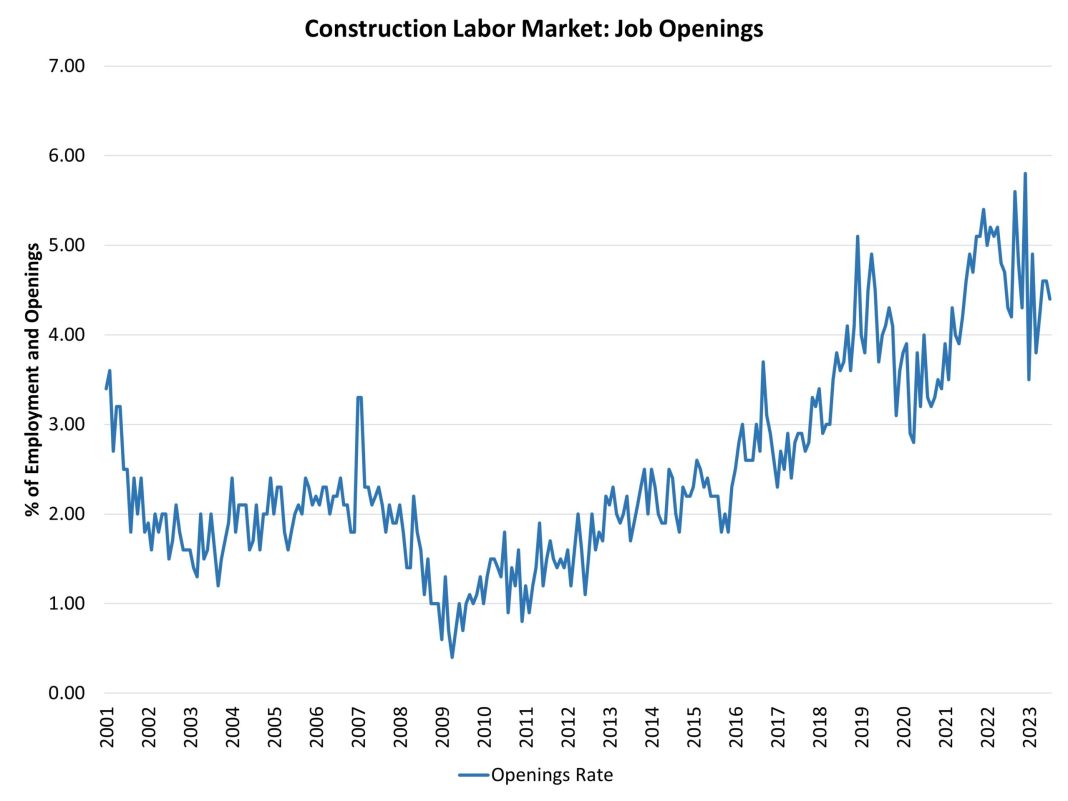 Reducing Subway Crime: A Short-Term Solution?
Reducing Subway Crime: A Short-Term Solution?
Introduction
Mayor Adams recently celebrated the decrease in subway crime, but many New Yorkers remained skeptical as violent crimes above ground continue to rise. This stark contrast highlights the strain on New York’s public safety resources, an issue that the mayor has yet to address with a long-term plan.
A Violent Summer in Manhattan
Manhattan, even accustomed to post-2020 crime and disorder, has experienced a shocking series of violent incidents in the past five weeks. A 22-year-old woman was fatally stabbed near The New York Times’ headquarters, followed by the death of a 53-year-old man who was sucker-punched by a cab driver. Another stabbing occurred on 14th Street, resulting in a man’s death. Additionally, a trash bag was found containing the body of a 31-year-old woman in Kips Bay, and a 55-year-old man was fatally stabbed in Times Square supportive housing.
Rising Violence Above Ground
While subway crime appears to have decreased, a surge in violent crimes above ground is cause for concern. A 74-year-old man was killed in a shooting at Tompkins Square Park, and a drunk-driving incident on July 4th claimed the lives of four people celebrating in a Lower East Side park. These incidents have shattered Manhattan’s reputation as a safe haven.
The Imbalance of Resources
Despite the positive news about reduced subway crime, the reality is that the police force is stretched thin. The recent addition of 1,000 police officers to the subway system has resulted in more arrests and summonses, leading to an 8% decrease in subway crime this year. However, with a police force of around 35,000 officers, nearly 6,000 below previous peak levels, focusing on subway disorder means less attention to disorder above ground. Several of the recent murders could potentially have been prevented with increased attention to above-ground order.
Preventable Tragedies
The violence on 14th Street and in Tompkins Square Park could have been prevented with better enforcement against drug disputes and open-air sales of stolen goods. Traffic stops, which could have caught the alleged drunk driver with a fake license plate, have decreased significantly. Furthermore, social-service fixes meant to replace policing have proven ineffective, as the alleged killers in both incidents lived in housing for the mentally ill. The suspect in the Kips Bay murder had open warrants for previous charges, raising questions about the criminal justice system’s handling of repeat offenders.
A Never-Ending Battle
Mayor Adams aims to be the first modern mayor to achieve a crime reversal without increasing the size of the police force. However, with suspects often being released immediately after arrest, the NYPD faces an uphill battle. Adams’ approach of moving from crisis to crisis fails to address the root causes and prevent these crises from happening in the first place.
Conclusion
While Mayor Adams celebrates the reduction in subway crime, the recent surge in violent incidents above ground paints a different picture of public safety in Manhattan. The limited resources of the police force contribute to this imbalance, making it difficult for Adams to claim a lasting victory. It is clear that short-term solutions will not solve the underlying issues contributing to the rise in violence. A comprehensive and long-term plan is necessary to address public safety concerns and restore New Yorkers’ faith in their city.


